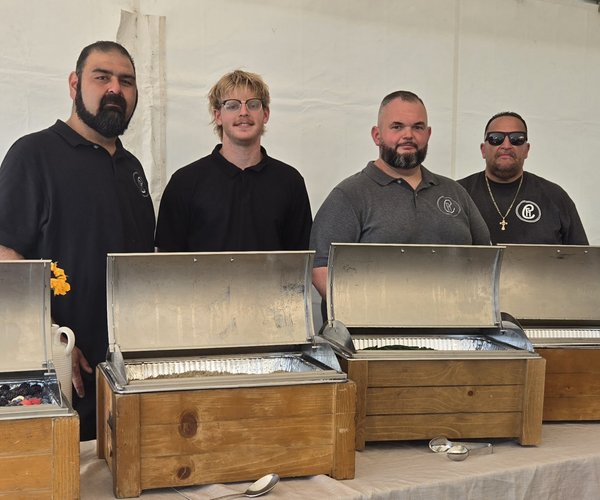When Ed Sai started farming 40 years ago, the process of planting almond trees was labor intensive. It involved manually marking out the field in evenly spaced rows, then using an auger to drill thousands of holes before placing each and every tree into the ground by hand and filling in the dirt and patting it down.
On Tuesday, the veteran grower had 3,900 trees planted on 40 acres of land in just one day with the help of a handful of people.
“With the GPS and machines all the rows are perfect. Back in the day, 40 acres took us three to four days to plant. Now it’s done in one day,” Sai said.
Sai is one of many growers who have changed their planting process as new technology becomes available. He hired R & R Ag Services out of Modesto to do the planting using GPS. Raul Arteaga of R& R said less than a decade ago he was using lasers to guide planting — now it’s done with a global positioning system.
Almonds were the second most valued commodity in the county in 2010 with a total value of just under $390.5 million. In 2011, California farmers were expected to produce an almond crop of 1.95 billion meat pounds, coming from 750,000 California almond bearing acres. This accounted for nearly 80 percent of the world’s entire almond supply and 30 percent of that came from Stanislaus and Merced counties. The average nut set per tree in 2011 was 7,353, up 23 percent from 2010.
To contact Kristina Hacker, e-mail khacker@turlockjournal.com or call 634-9141 ext. 2004.









